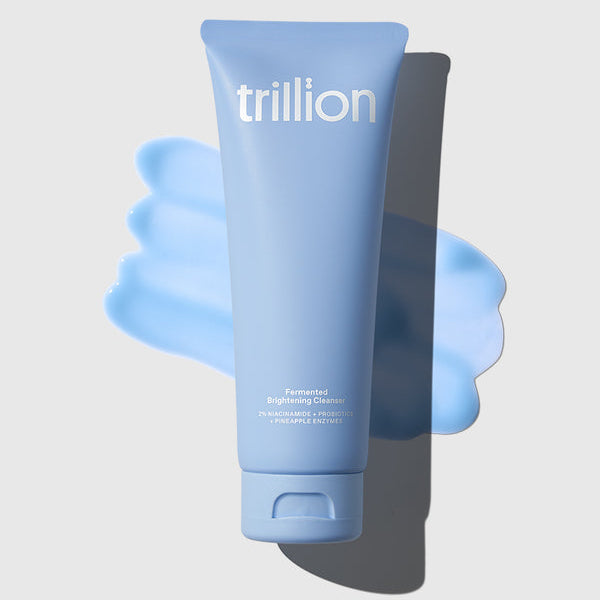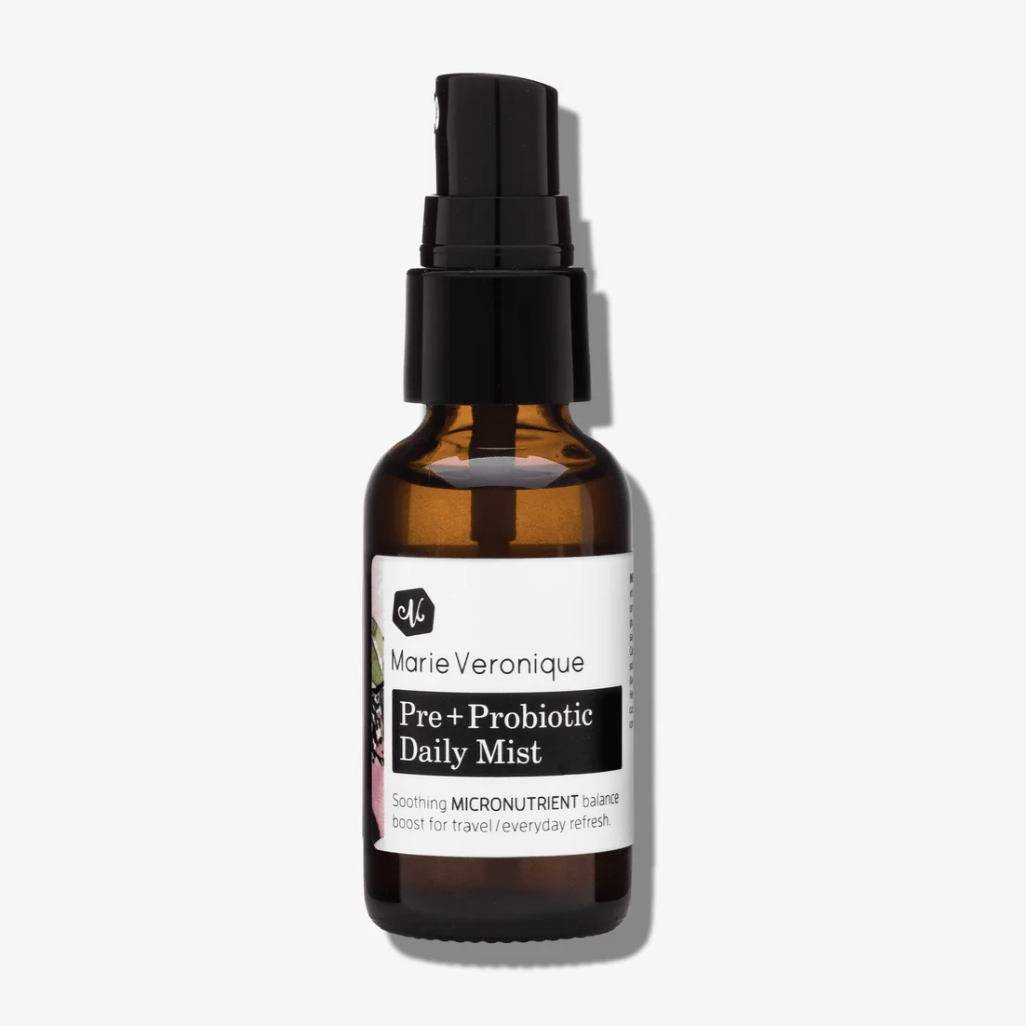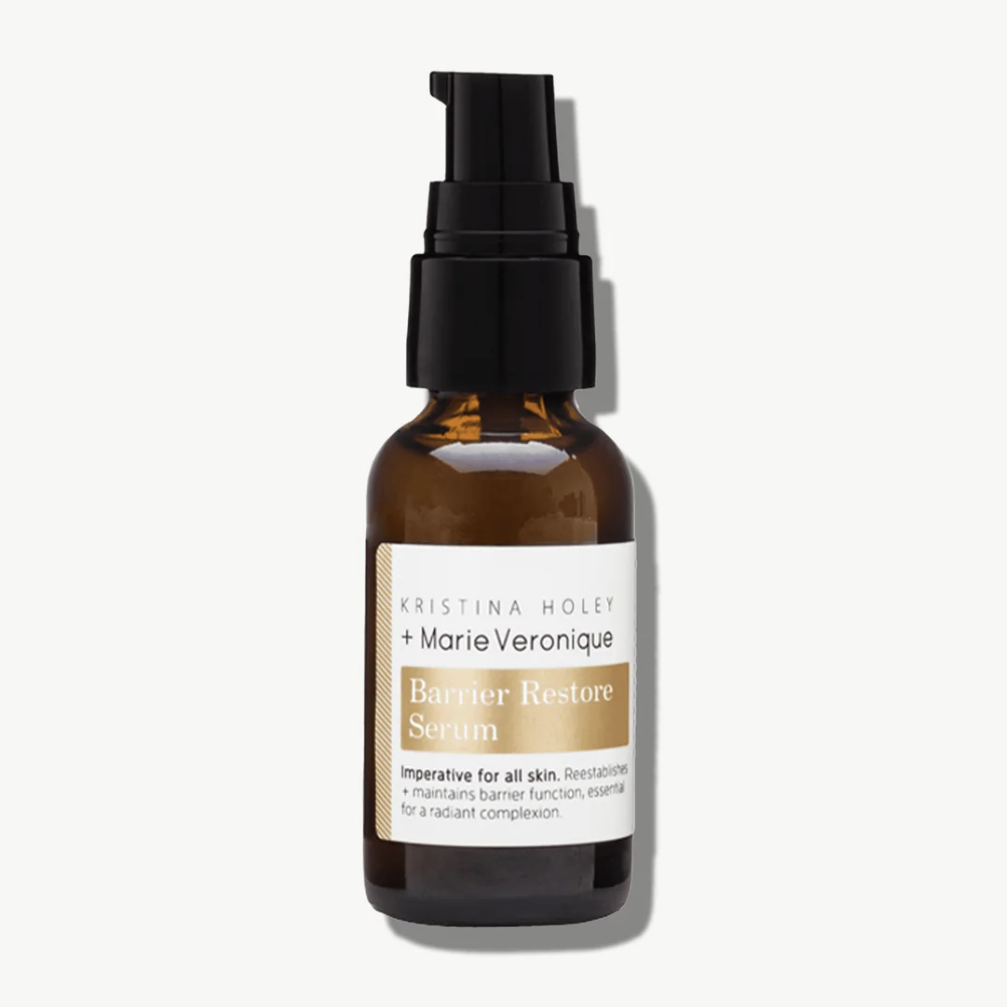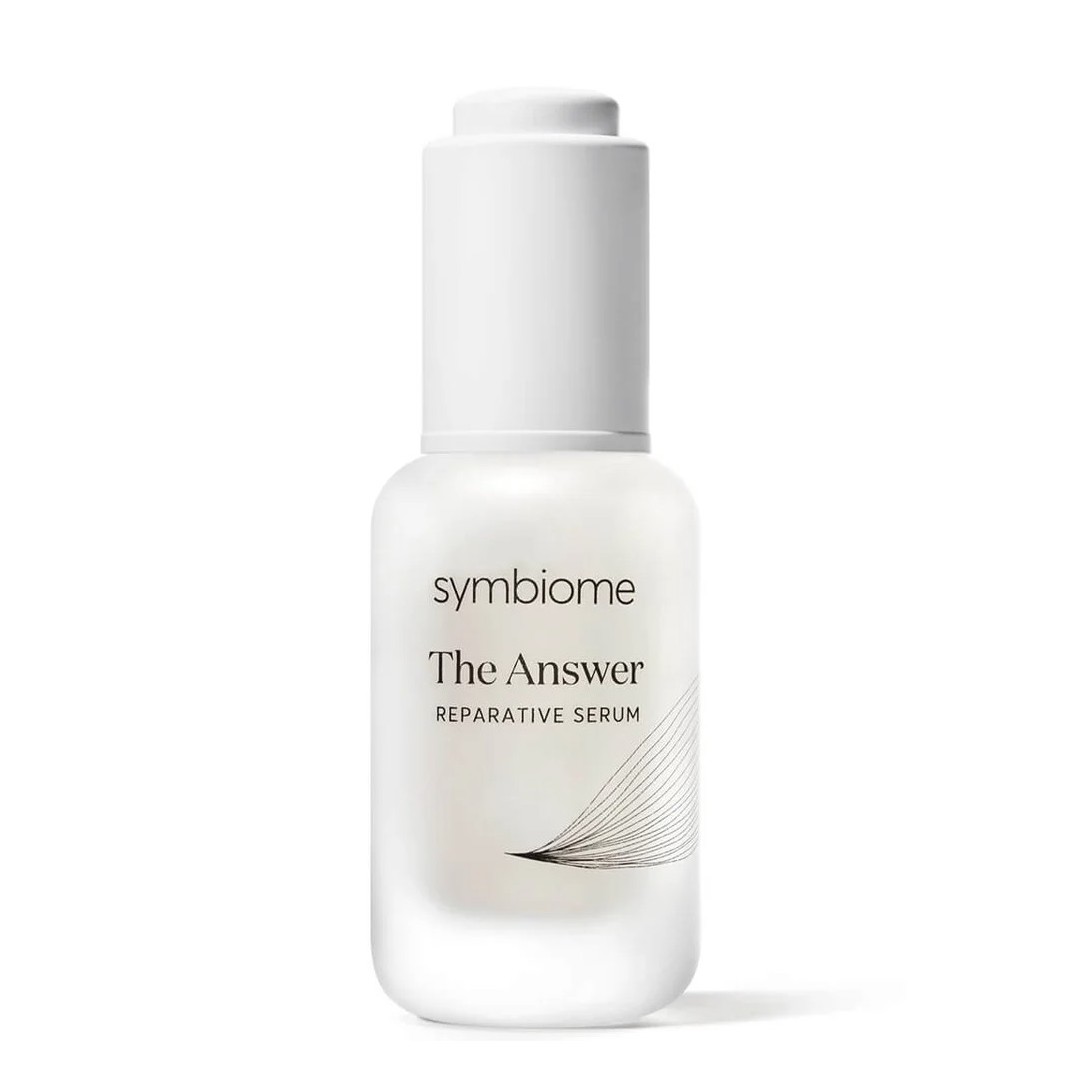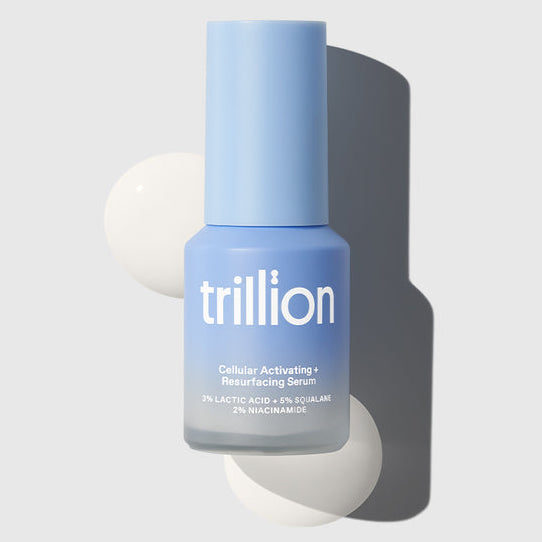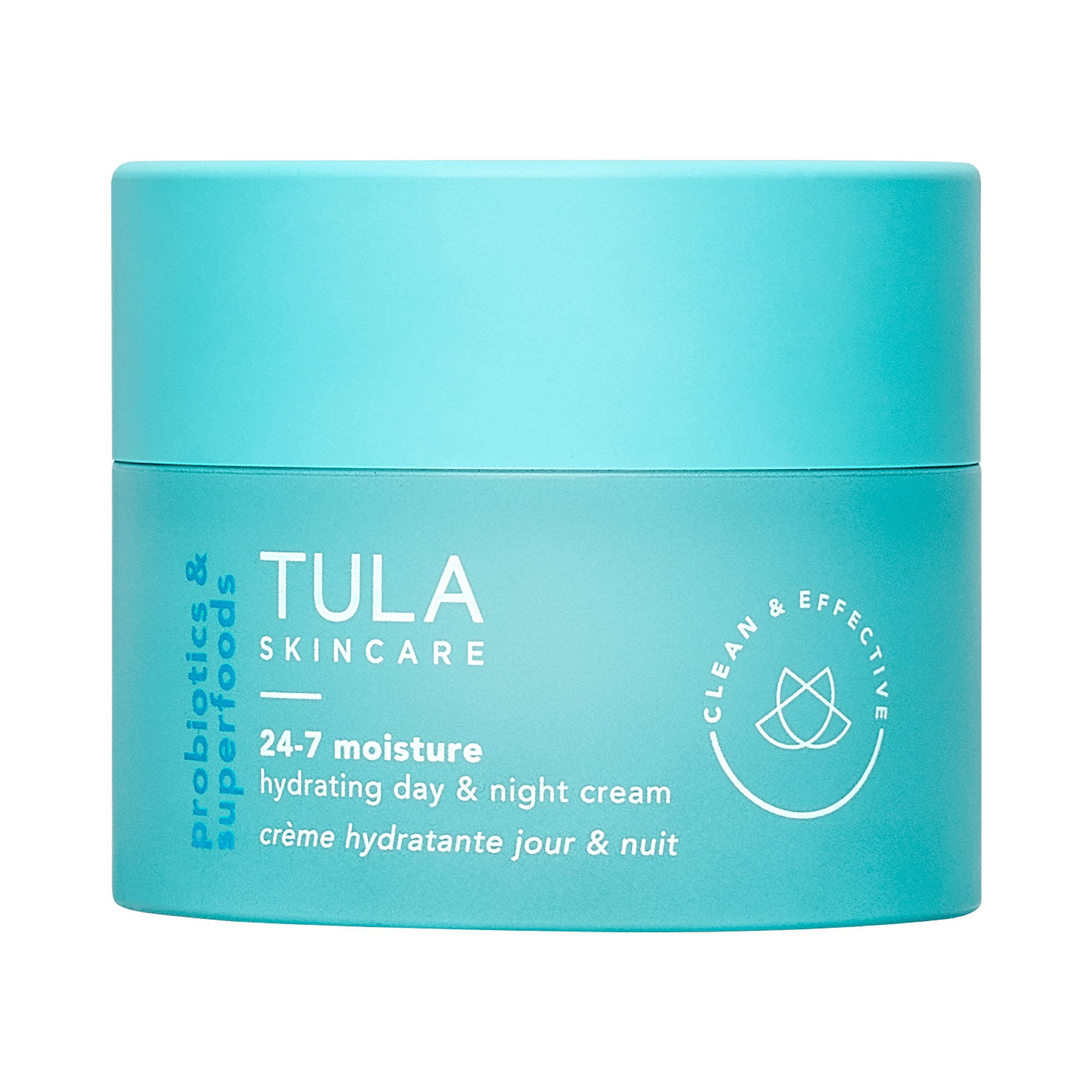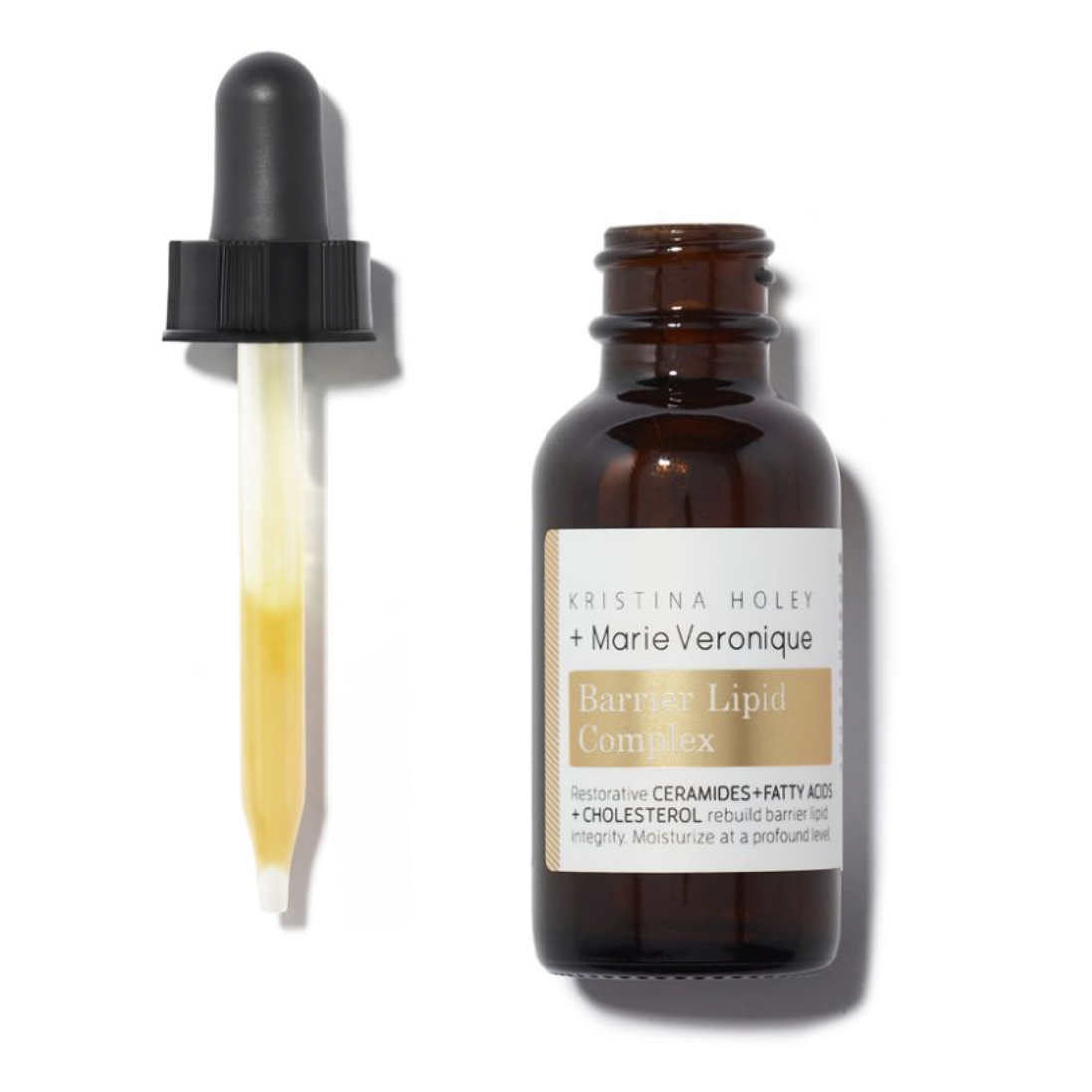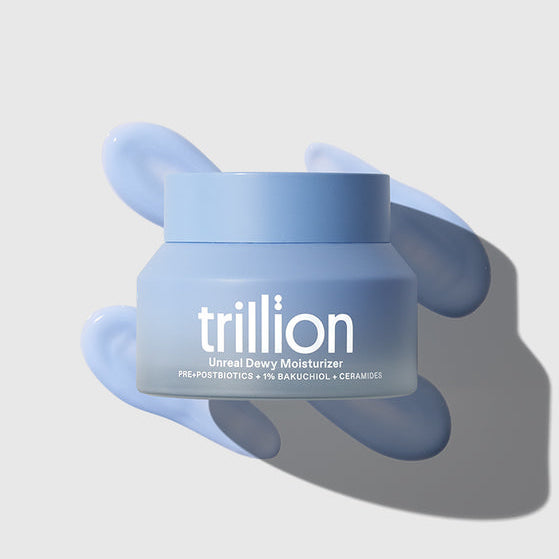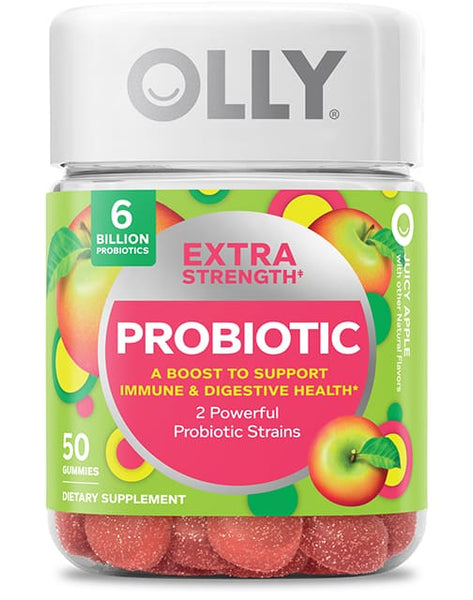An Unbalanced Microbiome Can Cause Acne, Inflammation, and Dryness—Here's the Fix
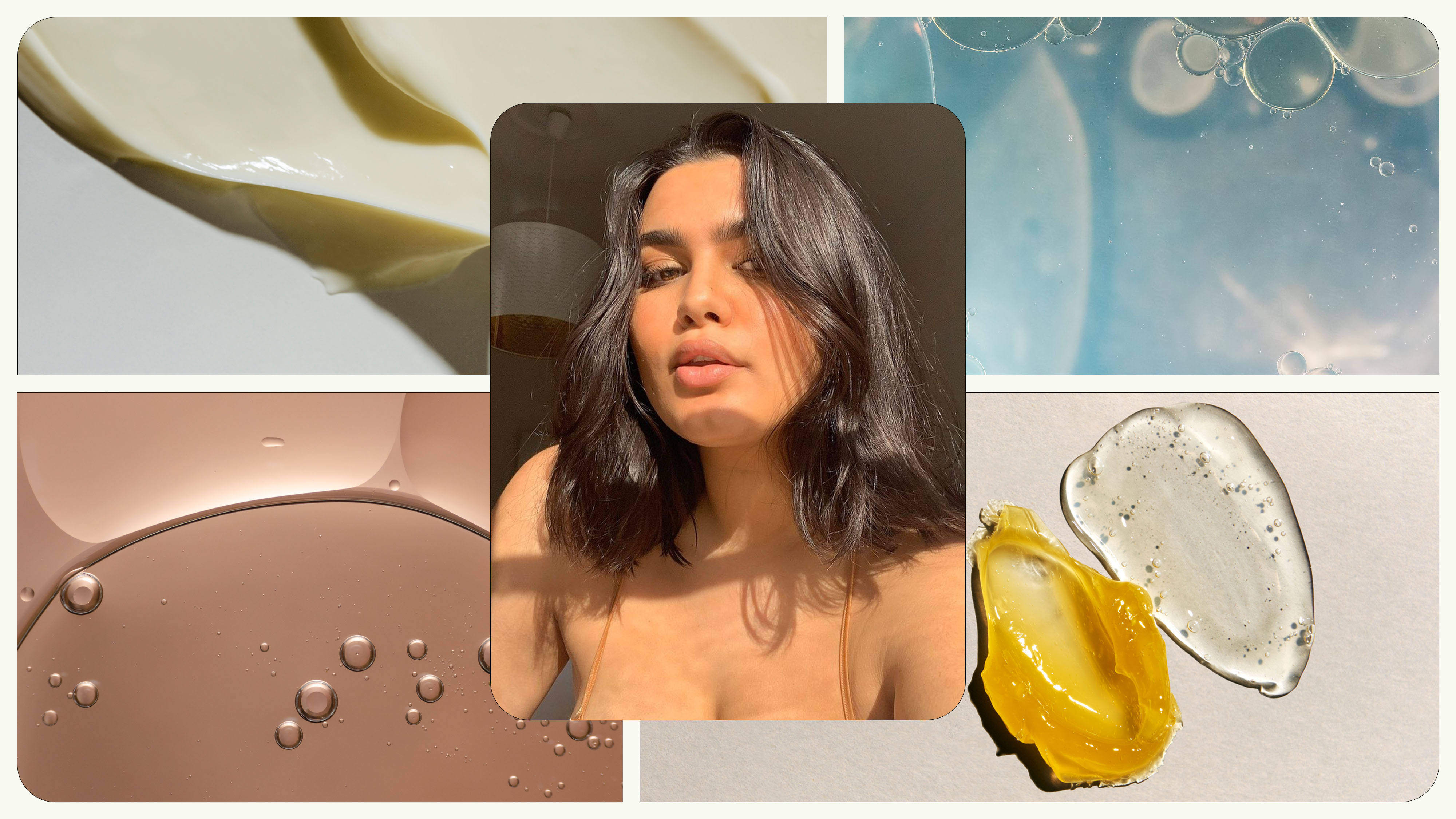

Microbiome is one of those trendy wellness-meets-beauty terms that are thrown around a lot on social media, mostly in reference to the gut. #Microbiome has over 700K posts on Instagram and 28K on TiKTok. That’s not counting related terms like #probiotic, #gutmicrobiome, #guthealth, and more. Add those into the mix, and you’re looking at a number north of one million.
Celebrities, nutritionists, influencers—you name it—speak to the importance of supporting, balancing, and maintaining the gut microbiome for optimal health. Rarely, though, do they discuss the skin microbiome. Because, yes, we each have one, and it dictates the way our skin looks, feels, and behaves. In fact, research has demonstrated a link between an unbalanced microbiome and skin conditions like acne, eczema, and psoriasis.
Take it from Cindi Gozberk, founder and CEO of Trillion Skincare. “We’re all becoming more familiar with the gut microbiome, but what many people don’t realize is that our skin has its own microbiome—a delicate ecosystem of microorganisms that play a crucial role in skin health. The skin microbiome is composed of a diverse community of bacteria, fungi, viruses, and other microbes that live on the skin’s surface. These organisms work in harmony with our skin to form a natural barrier, protect against harmful pathogens, and even regulate immune responses.”
A healthy microbiome is a balanced one. According to Brendan Camp, MD, FAAD, a double board-certified dermatologist at MDCS Dermatology, an unbalanced microbiome is referred to as dysbiosis.
But what does that really mean? How can you tell if your microbiome is unbalanced, and more importantly, what can you do about it? To answer these questions and more, we consulted the experts. Keep scrolling. Class is in session.
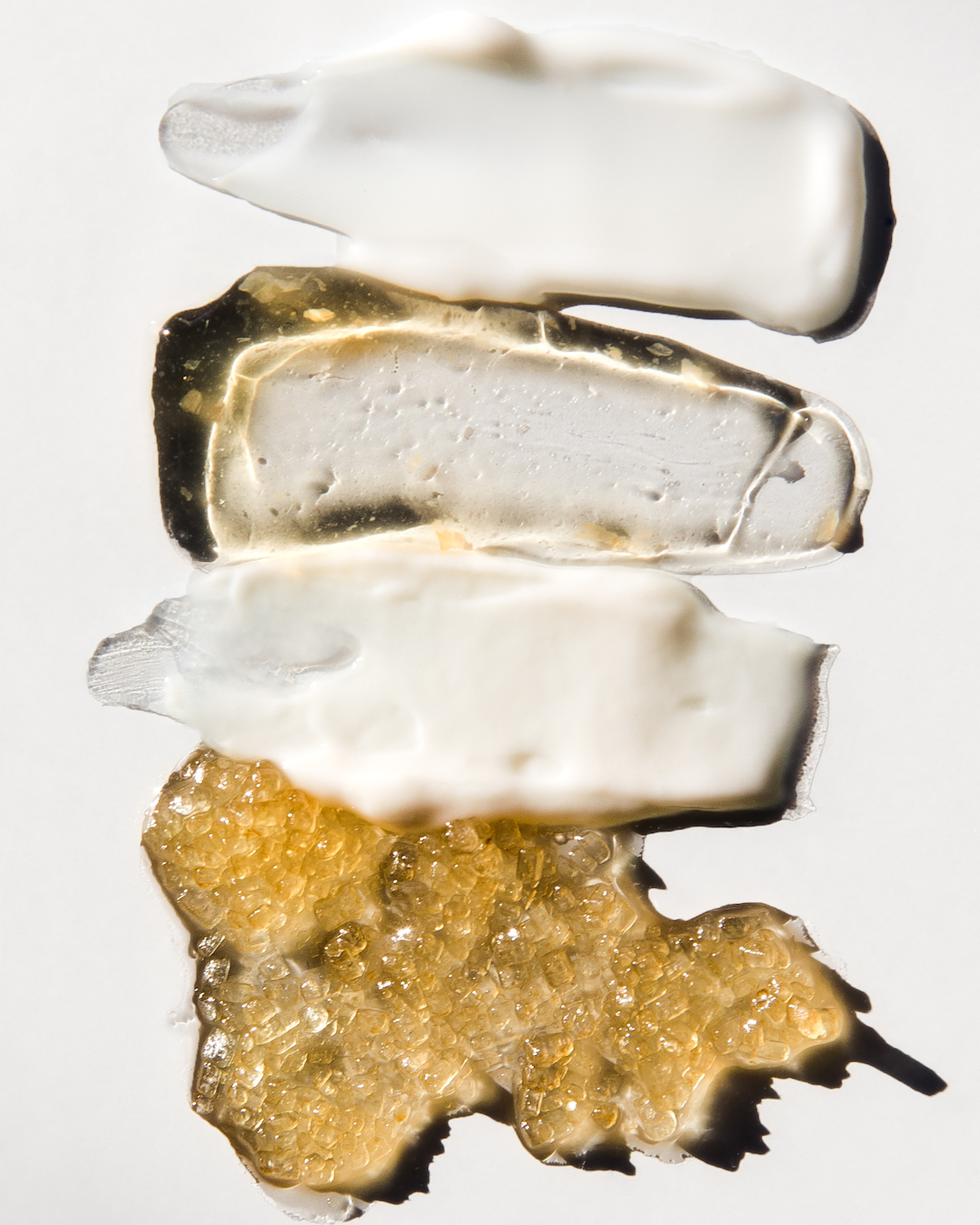
Why Is the Microbiome Important?
As Gozberk already mentioned, the microbiome plays a crucial role in skin health, creating a barrier between it and the outside world. Essentially, it’s the most basic level of protection from things like environmental aggressors and “bad” microorganisms that could disrupt the skin.
Marie Veronique Nadeau, chemist, skin expert, and founder of her eponymous skincare brand, put it this way: The skin is an “ecosystem” that is composed of “diverse habitats with an abundance of folds, invaginations, and specialized niches that support a wide range of microorganisms.” At first thought, this might be rather unpleasant (if not outright appalling) to think about, but she says we should appreciate it for all it does for us. “Many, actually most, of these microorganisms are harmless, and in some cases provide vital functions that the human genome has not evolved. Symbiotic microorganisms occupy a wide range of skin niches and protect against invasion by more pathogenic or harmful organisms.”
Larry Weiss, MD, chief scientific and product officer of Symbiome skincare, says the importance of it can’t be overstated. “Although you cannot see or feel your skin microbiome, it is as much ‘you’ as the parts of your body that you can see and feel,” he says. “It is an incredibly complex ecosystem, including bacteria, yeast, fungi, viruses, and various microscopic creatures that, along with your skin cells, act as your first line of defense. A healthy, balanced skin microbiome is resilient. It protects and nourishes your skin. It supports skin barrier function, prevents infection, reduces inflammation, and many other things yet to be discovered. An unhealthy, unbalanced (or dysbiotic, a term used to describe an imbalance in the microorganisms that live in the body) microbiome has lost resilience and has a diminished ability to nourish and protect your skin and general health.”
Gozberk echoes this. “Just like in the gut, balance is key. A healthy microbiome is rich in diversity, meaning a wide variety of microorganisms coexist in a balanced state.” When that balanced state is disrupted, the skin will look, feel, and behave differently. It might even show visible signs of aging faster. “Recent studies have shown that a balanced microbiome strengthens the skin’s barrier function, improves hydration, and even plays a role in slowing visible signs of aging,” she says. “When your skin’s microbiome is thriving, your skin can better protect itself from environmental aggressors and recover more efficiently from irritation.”

What Does an Unbalanced Microbiome Look and Feel Like?
The telltale signs of an unbalanced microbiome include sensitivity, dryness, irritation, inflammation, and/or premature signs of aging. (Gozberk says the latter is due to the weakening of the skin barrier and an increase in inflammation.) It could even manifest as inflammatory skin conditions like eczema, rosacea, or acne. “An overgrowth of Staphylococcus aureus has been linked to eczema flare-ups, while changes in the population of Demodex mites have been associated with rosacea,” Gozberk says. As for acne, it’s often associated with a shift in the balance of Cutibacterium acnes.
It all comes down to how your skin is feeling, looking, and behaving because, unfortunately, there’s no medical or scientific way to prove that your microbiome is out of whack (not yet at least). “Although the science of the microbiome has made significant progress, we don’t yet have a reliable laboratory test to determine if your skin microbiome is in or out of balance,” Weiss says. “Fortunately, simply paying attention to how your skin feels and appears is still the most effective indicator of a balanced microbiome. A balanced microbiome feels good and looks healthy. An imbalanced or dysbiotic skin microbiome can cause dryness, sensitivity, irritation, and inflammation, resulting in an unhealthy appearance and feeling.”
In other words, if your skin isn’t looking or feeling its best, it’s safe to assume your microbiome might need some TLC. “Your skin and your skin’s microbiome should be considered as a single integrated system rather than two interacting systems,” Weiss says. “They respond together, and the entire system is either balanced and healthy or unbalanced and unhealthy. If your skin looks or feels unhealthy, it is reasonable to conclude that your microbiome is also out of balance.”
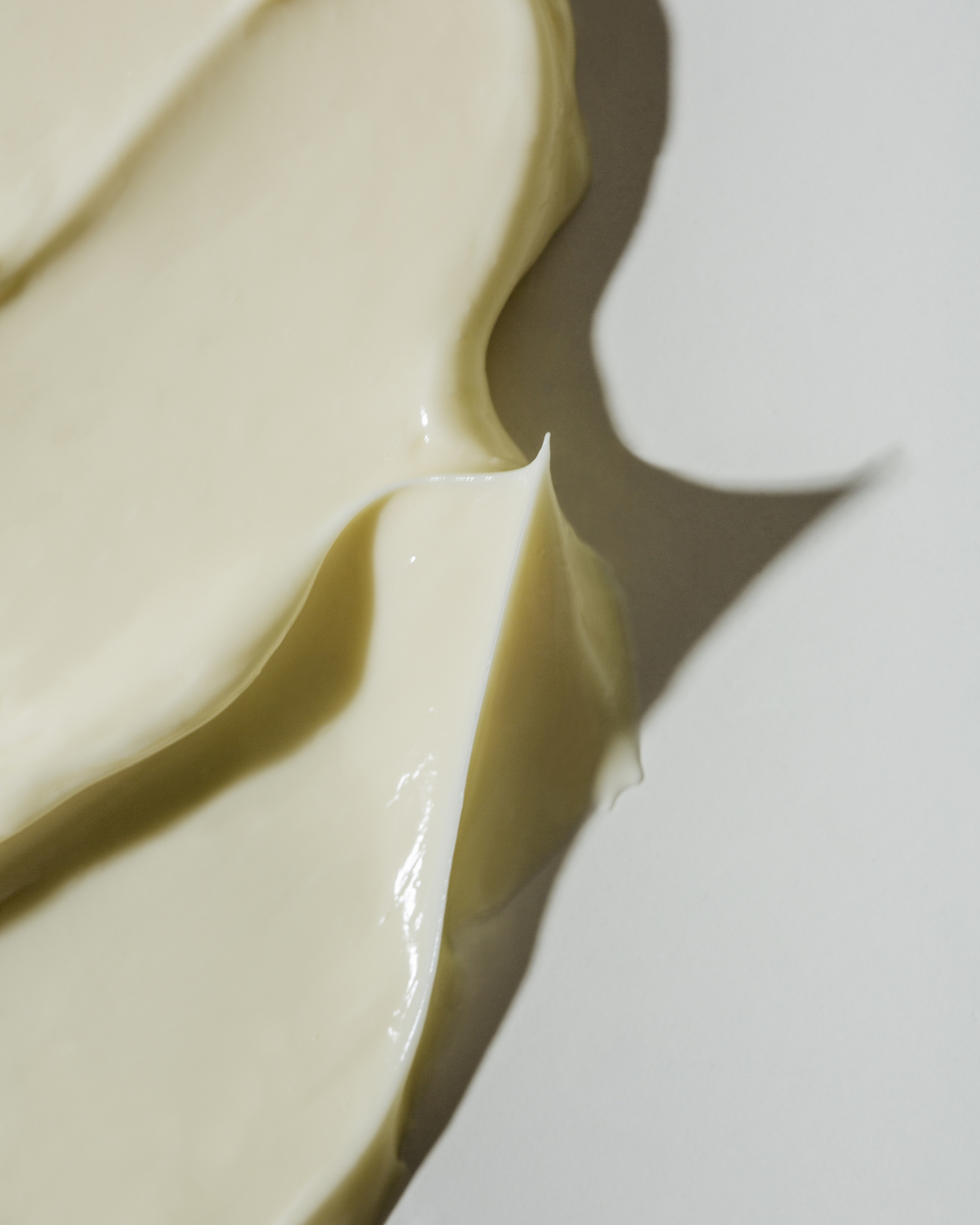
What Causes Your Microbiome to Become Unbalanced?
Several internal and external factors can disrupt the skin’s microbiome. Gozberk lays out all the possible culprits below.
- Harsh skincare products: Moisture-stripping products that contain high percentages of sulfates or drying alcohols.
- Over-cleansing: Too-frequent cleansing, especially with harsh cleansers, can disrupt the skin’s pH and “deplete the diversity of beneficial microbes.”
- Environmental aggressors: Pollution, UV radiation, and extreme temperatures.
- Lifestyle habits: Lack of sleep, poor hydration, smoking, and a sedentary lifestyle.
- Stress: This has been shown to negatively affect the microbiome due to increased cortisol levels, which can contribute to inflammation and flare-ups of acne and eczema.
- Age: The older we get, the less diverse our microbiome becomes, which can lead to a weakened skin barrier, dryness, and increased susceptibility to skin conditions.
- Certain medications: “Antibiotics, while effective for treating bacterial infections, can also kill beneficial bacteria on the skin, leading to dysbiosis. Similarly, medications like steroids can weaken the skin’s immune response and alter the microbiome’s composition.”
- Diet and gut health: “Poor gut health—caused by a lack of dietary fiber, excessive processed foods, or a disruption of the gut microbiome—can lead to systemic inflammation that affects the skin’s microbiome. Diets low in antioxidants and essential fatty acids can also weaken the skin’s defenses.”
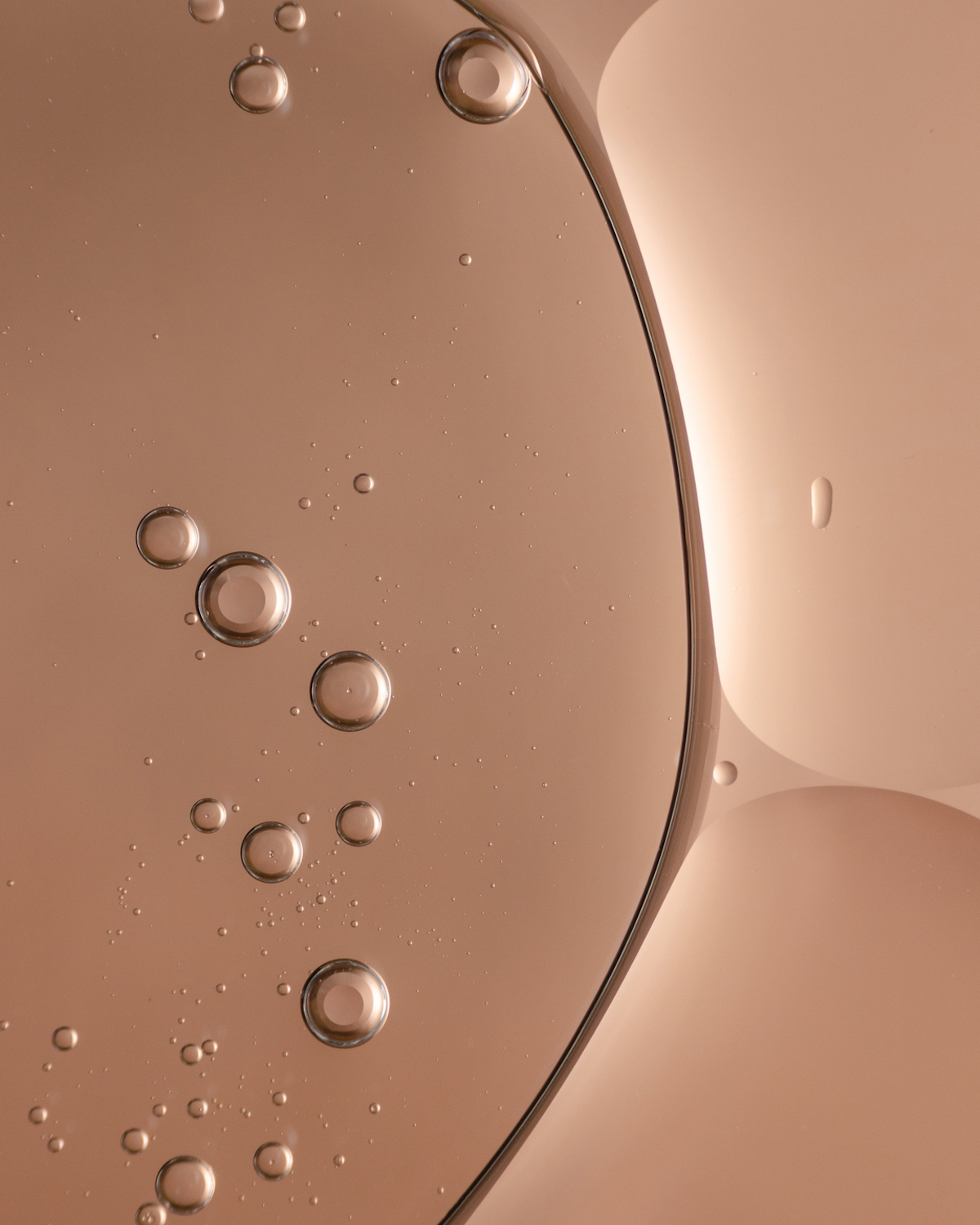
What Can You Do to Bring It Back Into Balance?
Luckily, rebalancing the microbiome is pretty simple. For the most part, all you need to do is focus on healthy habits and use gentle skincare products. As Camp put it, doing these things will allow “the skin microbiome to repopulate itself naturally.” Below, check out a list of microbiome-rebalancing tips and tricks, courtesy of Gozberk.
- Use prebiotic and postbiotic ingredients: “One of the most effective ways to nurture the skin microbiome is by using skincare products that contain prebiotics and postbiotics. Prebiotics act as a food source for the beneficial bacteria on your skin, helping them thrive and outcompete harmful microorganisms. Postbiotics, which are the byproducts of beneficial bacteria, can help strengthen the skin’s barrier, reduce inflammation, and promote overall skin health.”
- Use gentle, pH-balanced cleansers: “One of the first steps in restoring balance is to avoid harsh cleansers that strip away natural oils and disrupt the skin’s pH.”
- Use barrier-strengthening ingredients: “A compromised skin barrier is often a sign of microbiome imbalance, so replenishing moisture and reinforcing the barrier is key. Gozberk recommends incorporating ingredients like hyaluronic acid and ceramides into your routine.
- Don’t over-exfoliate: “Excessive exfoliation can be particularly damaging to the skin microbiome, as it removes not just dead skin cells but also the beneficial bacteria living on the surface. While gentle exfoliation can still be part of your routine, it’s important to avoid harsh physical or chemical exfoliants that could disrupt the microbiome.”
- Incorporate probiotics into your diet: “A recurring theme in emerging research is that the gut and skin are intimately connected through the gut-skin axis, so supporting your gut microbiome can also have a positive impact on your skin’s microbiome,” she says. “Incorporating probiotics into your diet—either through fermented foods like yogurt, kombucha, and kimchi or through probiotic supplements—can help maintain the balance of beneficial bacteria in your gut, which in turn supports the skin.”
- Protect your skin against environmental aggressors: “Pollution, UV rays, and harsh weather can all negatively affect the skin’s microbiome. Make sure you protect your skin with antioxidant-rich products and broad-spectrum sunscreen.”
- Simplify your skincare routine: When your microbiome is off balance, it can be a sign that you may be using too many or overly harsh products. Simplifying your routine by focusing on high-quality, microbiome-friendly products can be a game changer.”
Weiss sums it up with this: “Pay attention to your skin. A healthy and balanced microbiome looks and feels beautiful. Eat well, sleep well, move well, and you will look and feel well. Limit the number of cosmetics and cosmetic ingredients you apply to your skin. Every ingredient in every product you try has the potential to be sensitizing or irritating. We all respond differently, and this is especially the case if you know that you have sensitive skin. Read the labels, do your research, stay informed, and strive to make good decisions. This is not easy, but it is important.”
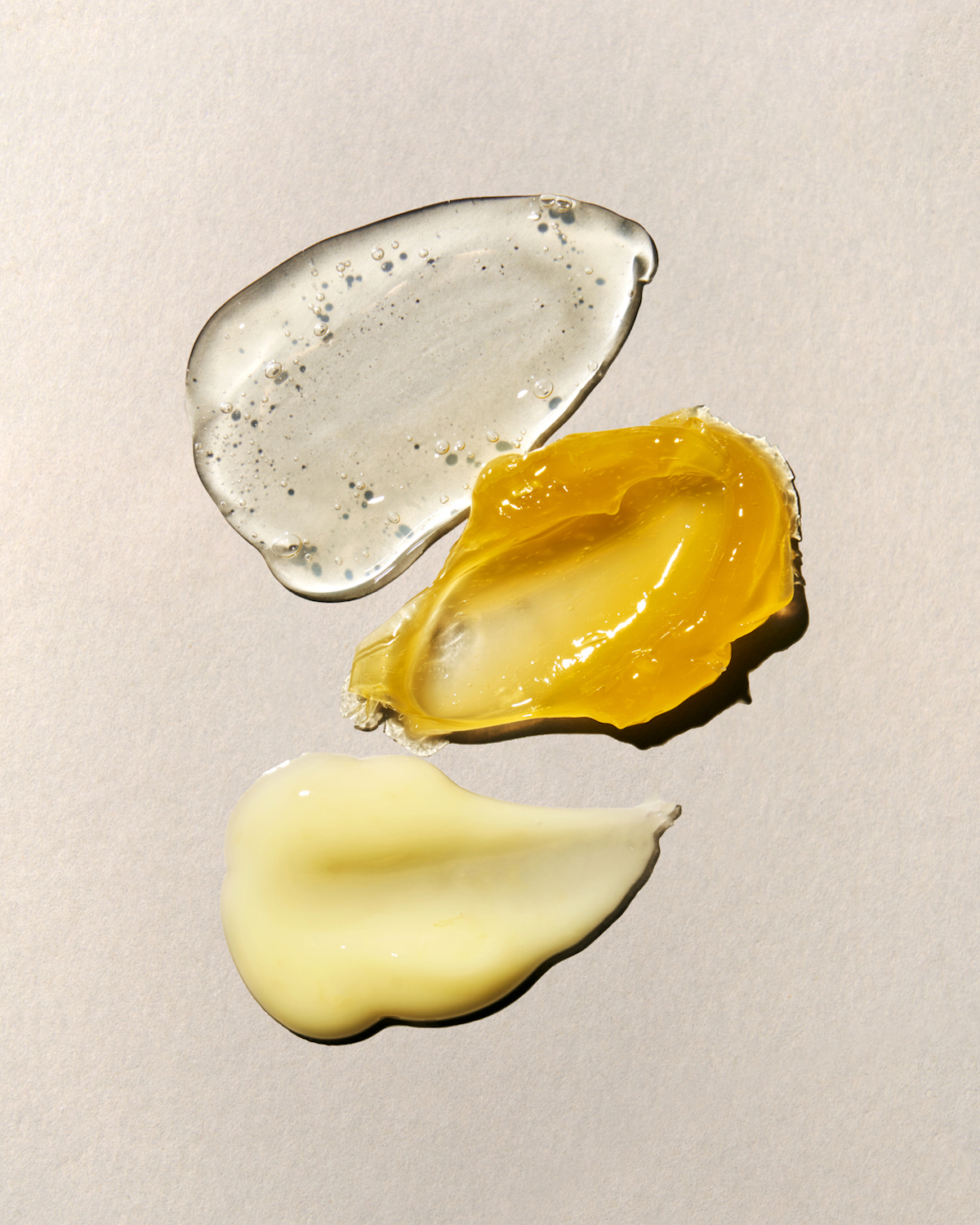
What Makes a Skincare Product “Microbiome-Friendly?”
If you want to support your skin microbiome, using “microbiome-friendly” products is a good start. “Products described as microbiome-friendly (like ours at Marie Veronique) favor preservatives that maintain the status quo of bacteria rather than indulging in wholesale slaughter, which exacerbates levels of imbalance as species return,” Veronique Nadeau says.
In other words, microbiome-friendly products are often formulated to be gentle, support the skin barrier, maintain the ideal pH of the skin, and contain prebiotics, probiotics, and/or postbiotics. What’s the difference? Gozberk says prebiotics feed the “good” bacteria on the skin to help them flourish. Probiotics are live bacteria or yeast, which introduce beneficial microbes directly to the skin. Lastly, postbiotics are by-products of probiotics, like peptides, enzymes, or acids. They help regulate the skin’s immune response, reduce inflammation, and strengthen the skin barrier. “Ultimately, microbiome-friendly skincare is about taking a holistic approach to skin health—working with your skin’s natural defenses to achieve long-term balance, hydration, and vitality,” she says.
Although, as Weiss cautions, the microbiome-friendly claim might not always meet these standards. “As microbiome scientists, we still have a lot of work to do before we can make a validated and meaningful ‘microbiome-friendly’ claim. We should all look forward to that significant advance.”
The Best Microbiome-Supporting Skincare Products
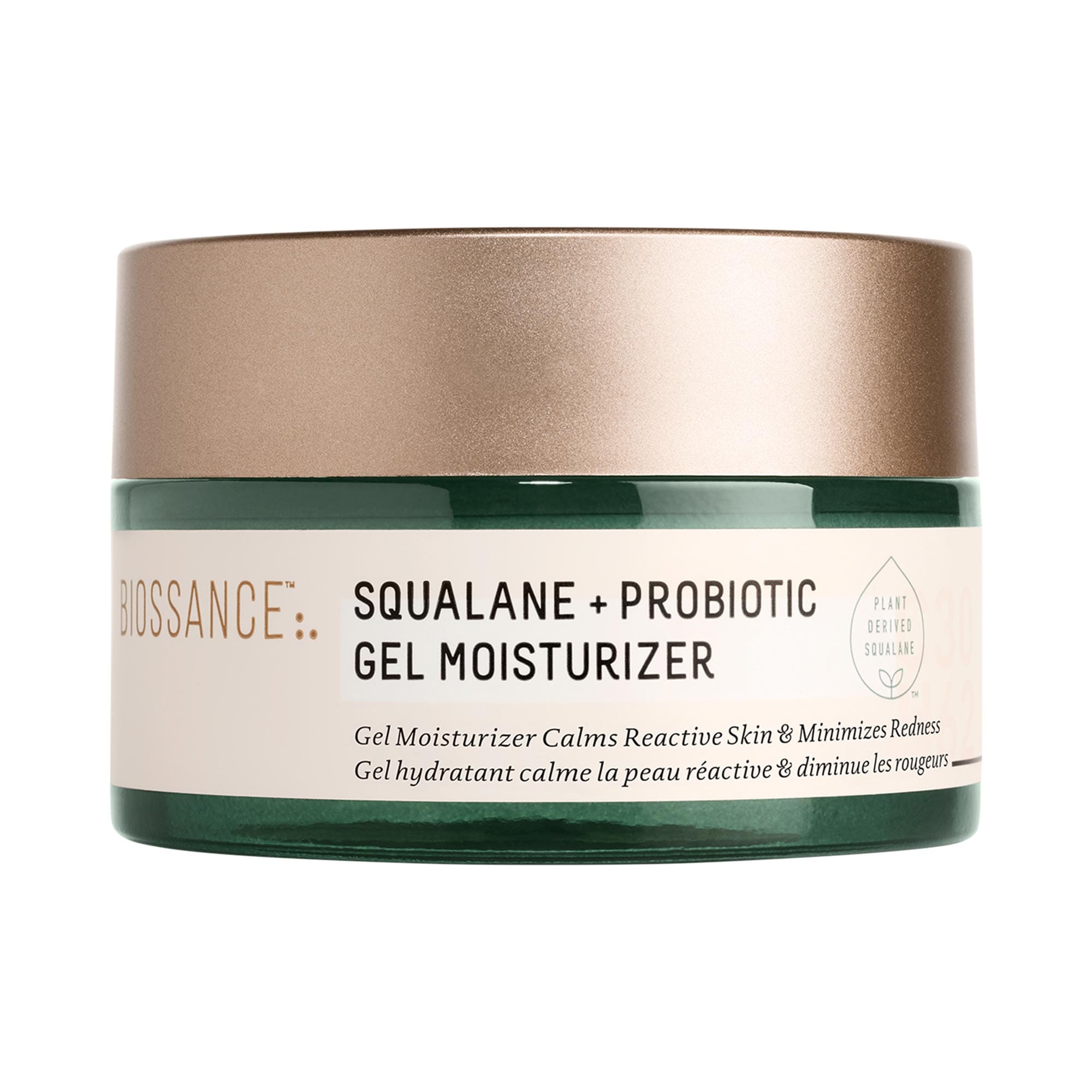
Camp recommends this gel moisturizer that contains one of the ultimate microbiome-supporting ingredients. "Made with squalane and probiotics, this lightweight moisturizer helps restore the skin’s microbiome and is ideal for reactive, congested, and acne-prone skin," he says.

There are so many good-for-skin ingredients in this body oil that it would be too long-winded to list them all. However, we'll list our favorite ones. There are fatty acids, phytosterols, and fermented rainforest botanicals for moisture, radiance, and a strong microbiome.
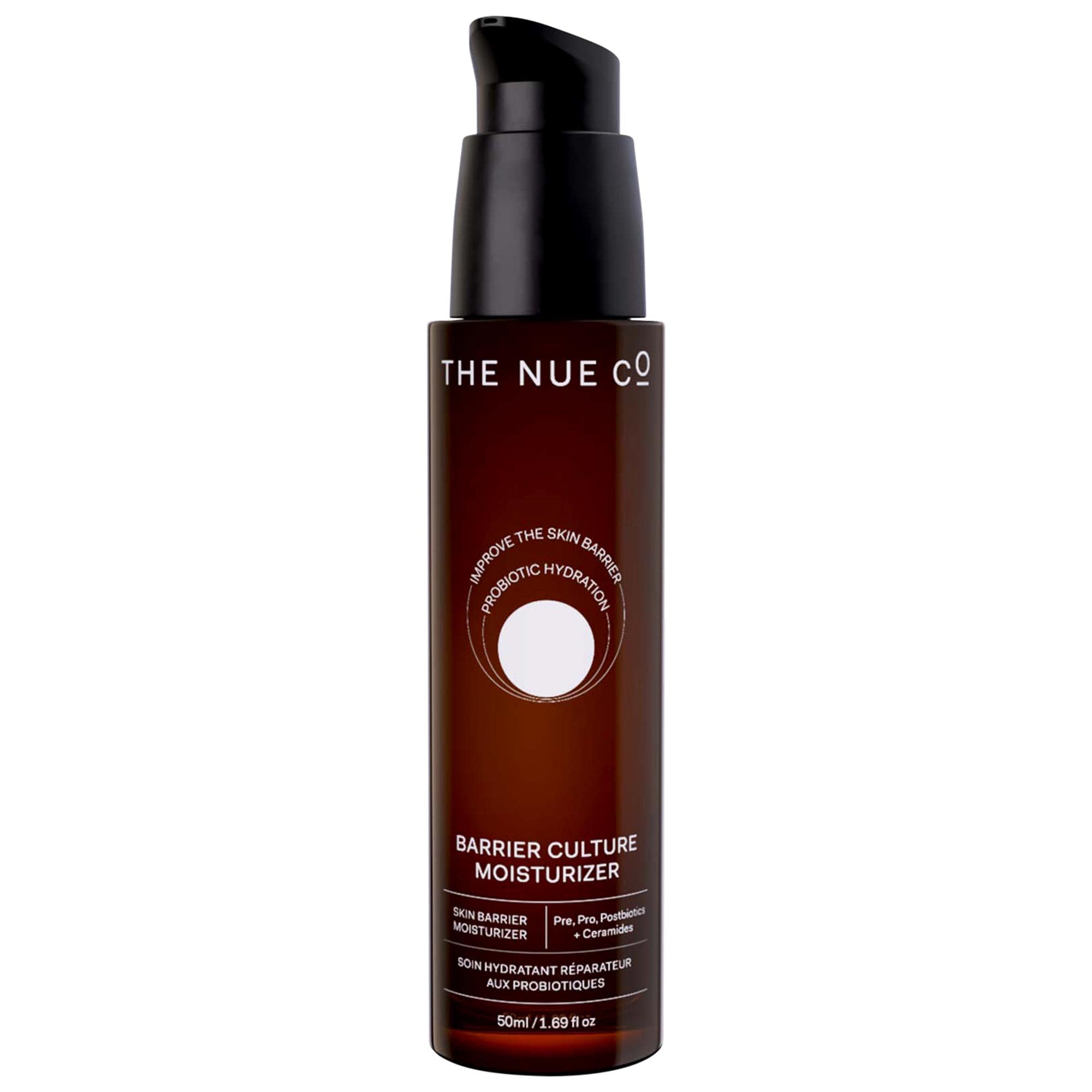
Last but not least, Camp likes this barrier-repair and microbiome-friendly moisturizer from The Nue Co. "Featuring pre-, pro-, and postbiotics, this lightweight moisturizer is made to protect the skin barrier, replenish the microbiome, and lock in moisture."
More Microbiome-Supporting Products
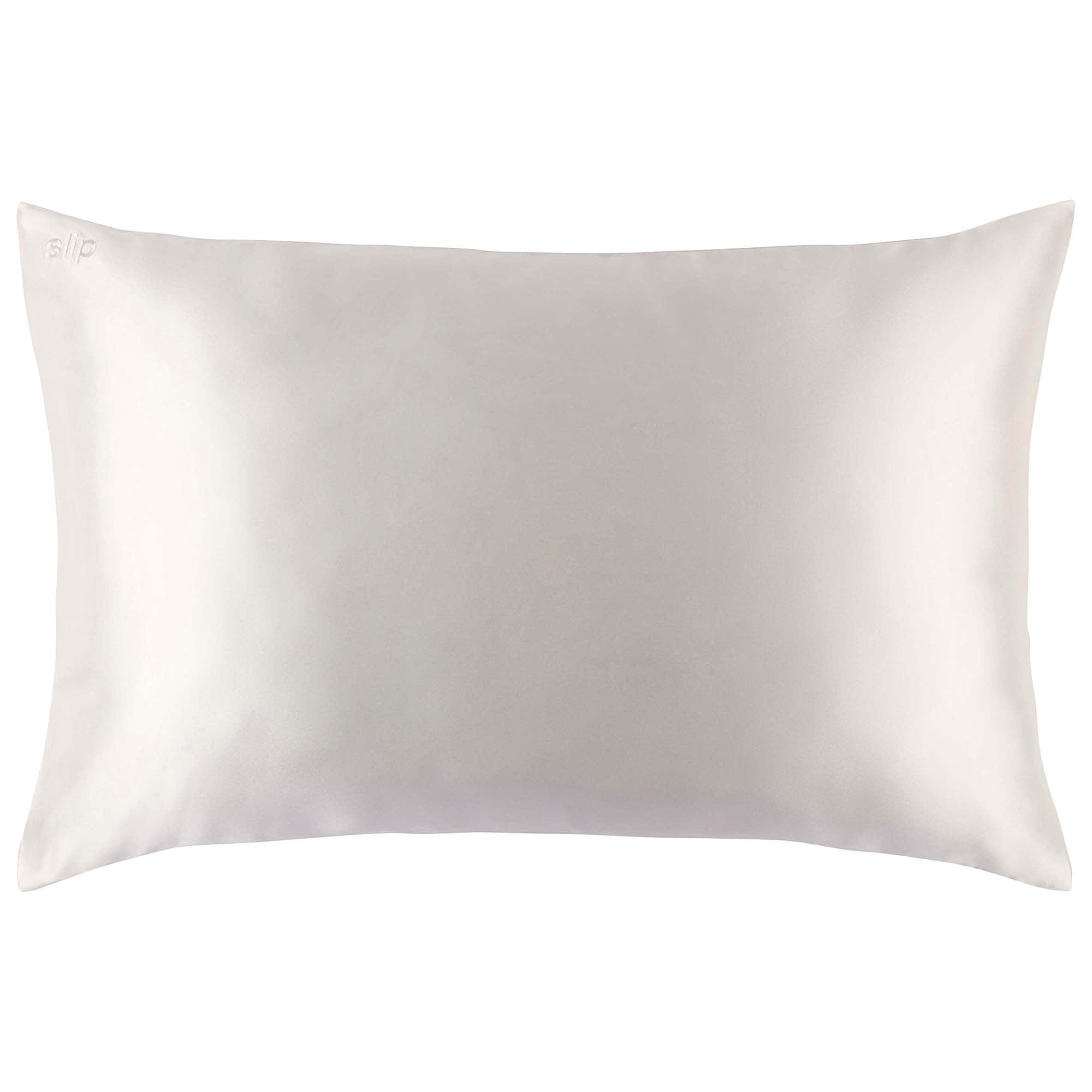
"A silk pillowcase is a microbiome-friendly swap that can help reduce friction and irritation on the skin while you sleep (and bonus: It’s also great for reducing hair dryness and frizz!)," Gozberk says. "Silk is naturally hypoallergenic and less absorbent than cotton, meaning it won’t absorb your skincare products or harbor bacteria as easily. This creates a cleaner, smoother surface for your skin to rest on, minimizing disruption to the microbiome."

"There’s emerging research that suggests blue light from digital devices can have a negative impact on skin health by generating free radicals and causing oxidative stress, which may disturb the microbiome," Gozberk says. "Wearing blue light blocking glasses or using a blue light filter on your screens can help protect your skin from unnecessary stress, particularly if you spend a lot of time on devices."

"Dry air can strip the skin of moisture and disrupt the microbiome, leading to increased sensitivity and irritation," Gozberk says. "A humidifier is a simple yet effective way to maintain moisture levels in your environment, particularly during colder months when indoor air tends to be dry. Keeping the air hydrated helps support your skin barrier and its microbial balance."
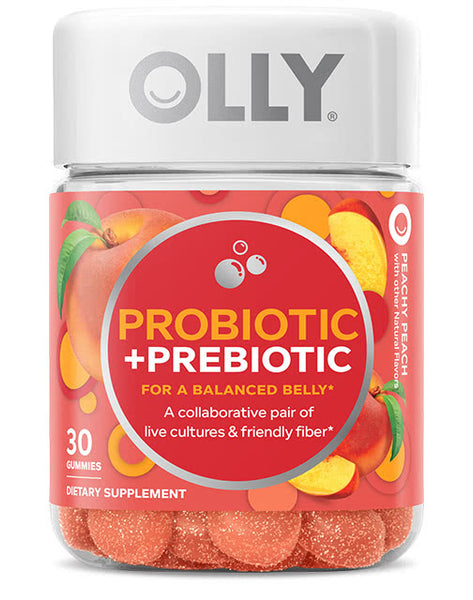
"Supporting the gut-skin axis is crucial for maintaining a healthy skin microbiome," Gozberk says. "Probiotic supplements help restore gut health by promoting the growth of beneficial bacteria, which in turn can reduce systemic inflammation and improve skin conditions like acne and eczema. This internal approach works hand-in-hand with topical microbiome care."

Kaitlyn McLintock is a Beauty Editor atBest Knockoff Luxury Clothing . She has 10 years of experience in the editorial industry, having previously written for other industry-leading publications, like Byrdie, InStyle, The Zoe Report, Bustle, and others. She covers all things beauty and wellness-related, but she has a special passion for creating skincare content (whether that's writing about an innovative in-office treatment, researching the benefits of a certain ingredient, or testing Wholesale Replica Bag and greatest at-home skin device). Having lived in Los Angeles, California, and Austin, Texas, she has since relocated back to her home state, Michigan. When she's not writing, researching, or testing beauty products, she's working through an ever-growing book collection or swimming in the Great Lakes.
-
 I Live in the Midwest—30 Practical (and Stylish!) Fashion, Beauty, and Lifestyle Items I'm Eyeing for Winter
I Live in the Midwest—30 Practical (and Stylish!) Fashion, Beauty, and Lifestyle Items I'm Eyeing for WinterFrom tried-and-true boots to glow-boosting barrier creams and beyond.
-
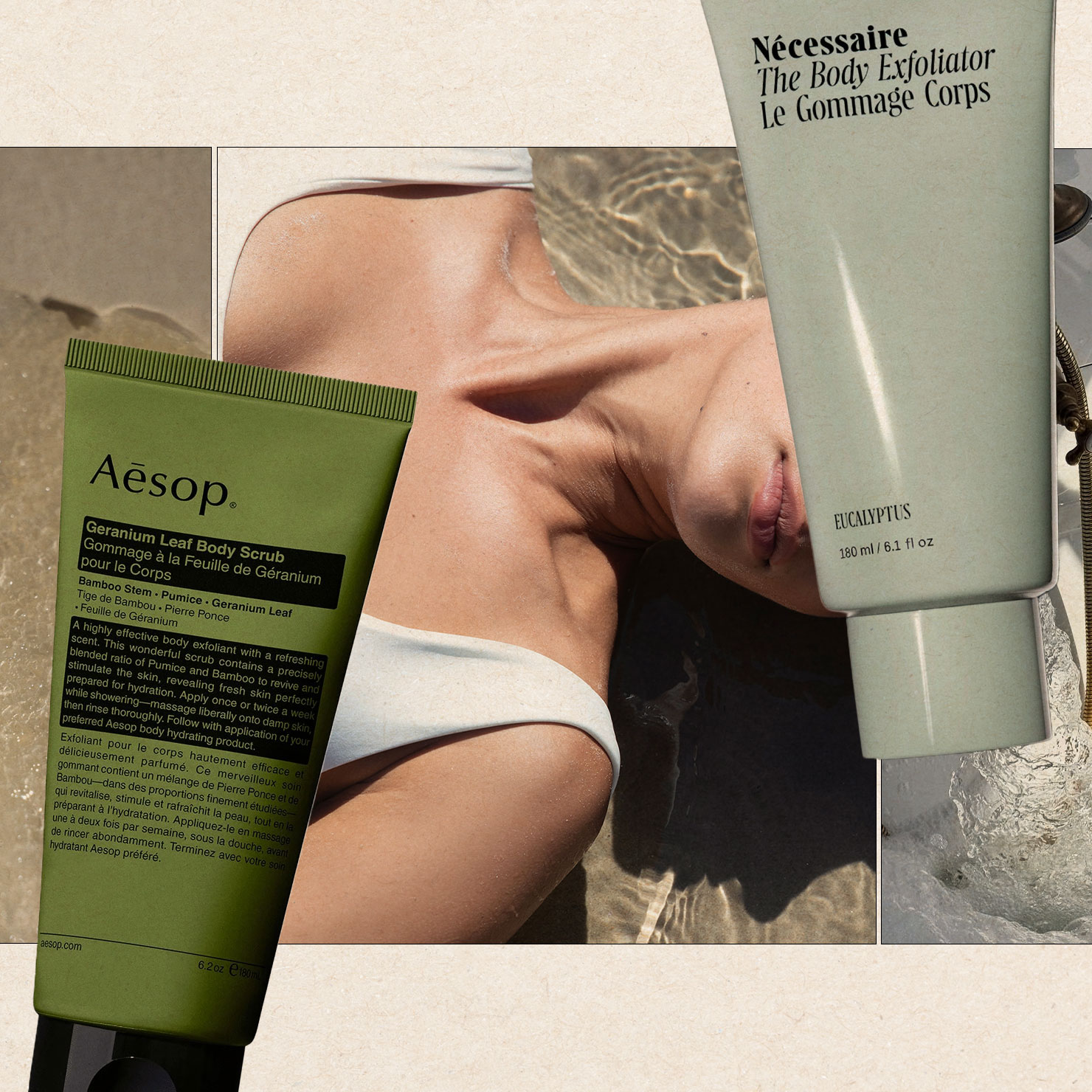 Editors and Derms Agree: These Body Scrubs Will Have You Feeling Like a Straight-Up Seal
Editors and Derms Agree: These Body Scrubs Will Have You Feeling Like a Straight-Up SealSmoother skin, coming right up.
-
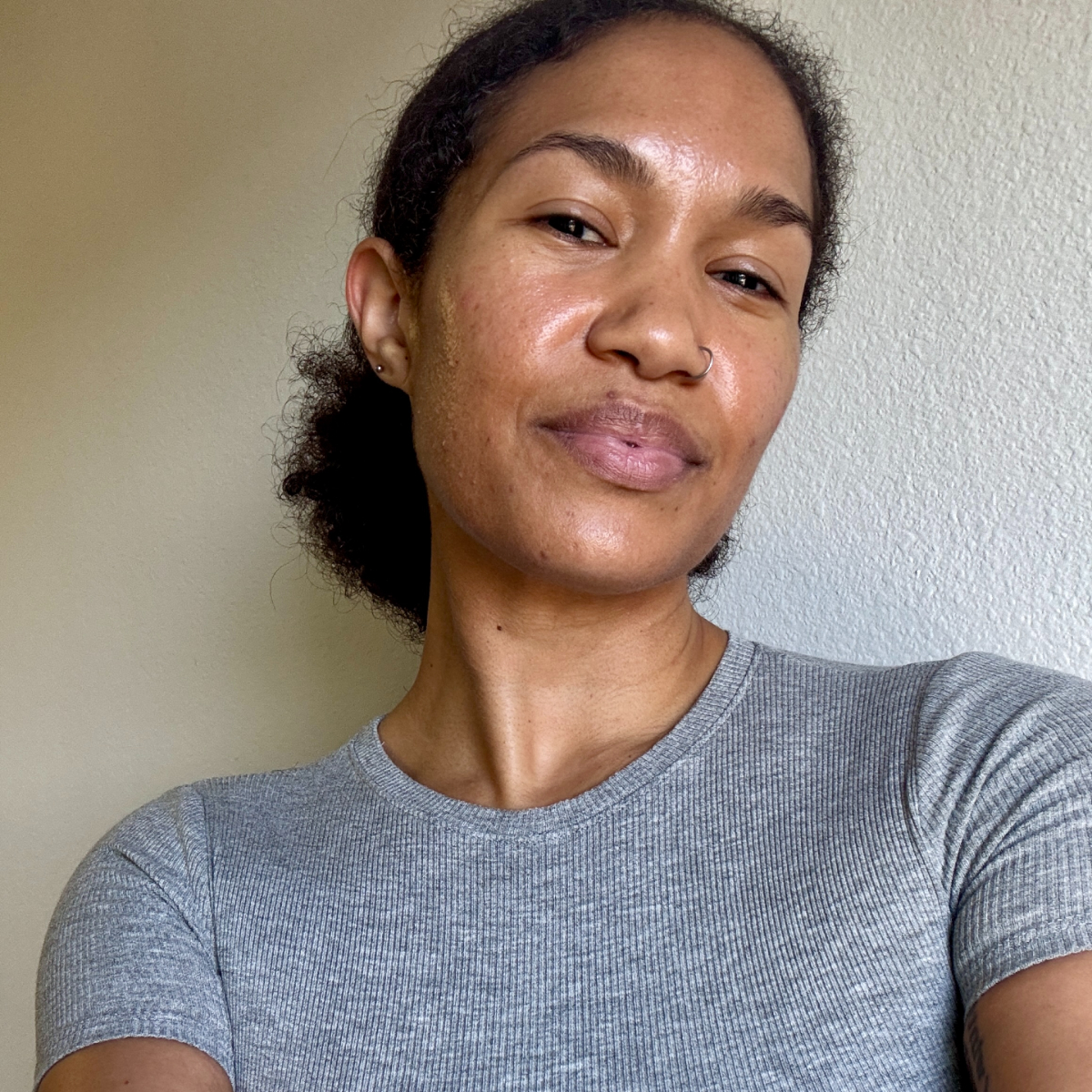 I've Tried a Lot of Treatments—This Is the Only One That's Truly Transformed My Damaged, Acne-Prone Skin
I've Tried a Lot of Treatments—This Is the Only One That's Truly Transformed My Damaged, Acne-Prone SkinIt changed my skin for the better.
-
 My Ridiculously Cool Aunt Has the Best Beauty Recs—16Replica Store Finds We're Both Shopping on Cyber Monday
My Ridiculously Cool Aunt Has the Best Beauty Recs—16Replica Store Finds We're Both Shopping on Cyber MondayDeals on Dyson, Tom Ford, and Jo Malone from $17.
-
 I Thought I Was Done Shopping, But Then I Saw Sephora's Cyber Monday Sale—15 Deep Discounts I Just Can't Skip
I Thought I Was Done Shopping, But Then I Saw Sephora's Cyber Monday Sale—15 Deep Discounts I Just Can't SkipSome items are up to 50% off.
-
 All the 2025 Beauty Advent Calendars Have Officially Hit the Market—Here Are the Only 20 I Recommend Buying
All the 2025 Beauty Advent Calendars Have Officially Hit the Market—Here Are the Only 20 I Recommend BuyingThese are too good to miss.
-
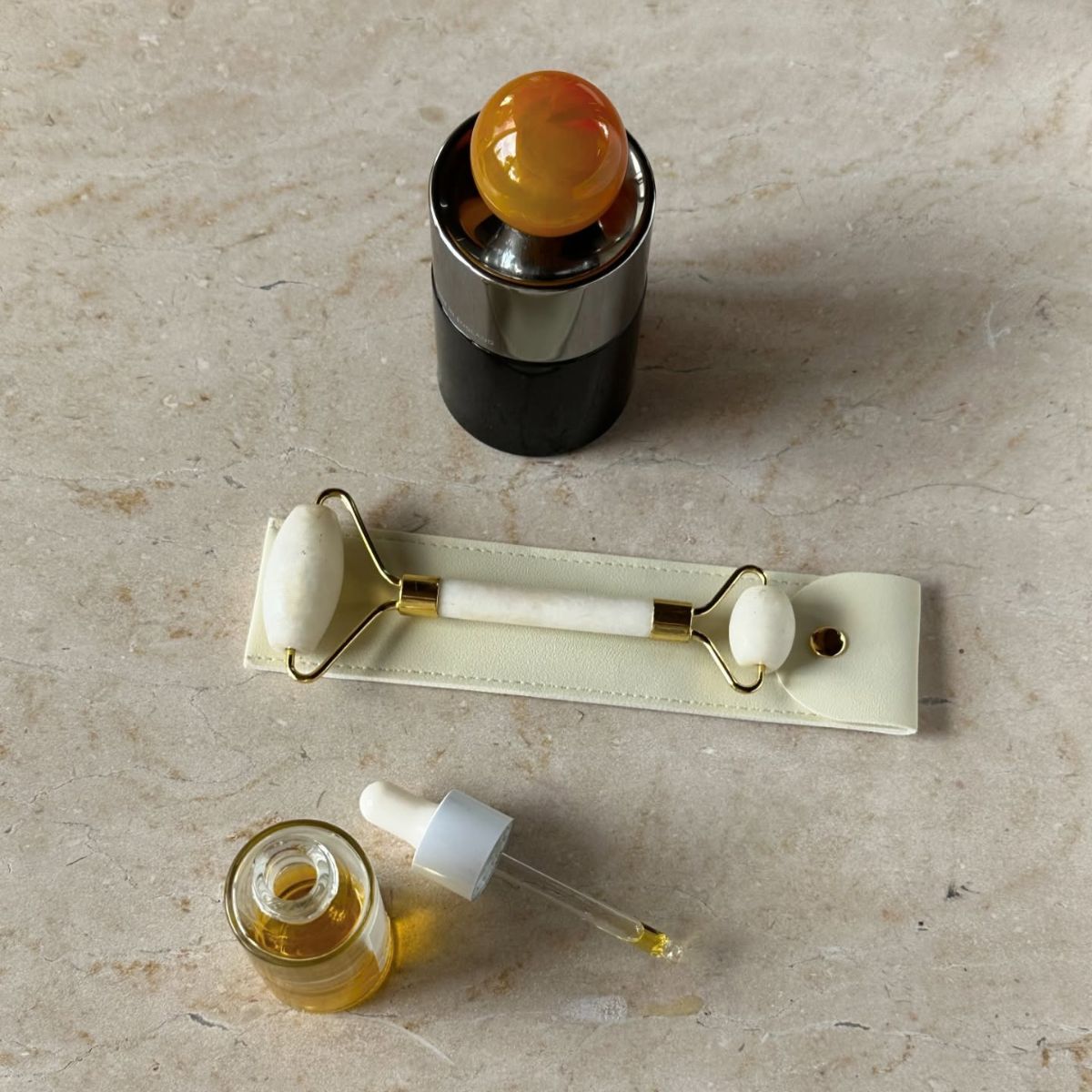 My Mom (53) and I (25) Pored Over Dermstore's Black Friday Sale—16 Items We Both Instantly Added to Cart
My Mom (53) and I (25) Pored Over Dermstore's Black Friday Sale—16 Items We Both Instantly Added to CartDeals on at-home lasers, French beauty, and more saved us $1049.
-
 Behold: A Beauty Editor's Guide to the Best Black Friday Deals—the 43 Sales *Actually* Worth Shopping
Behold: A Beauty Editor's Guide to the Best Black Friday Deals—the 43 Sales *Actually* Worth ShoppingYour complete guide. (Thank me later.)
